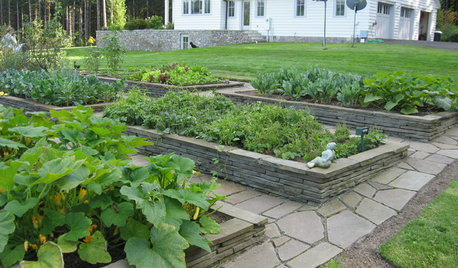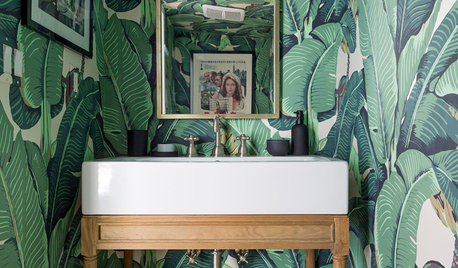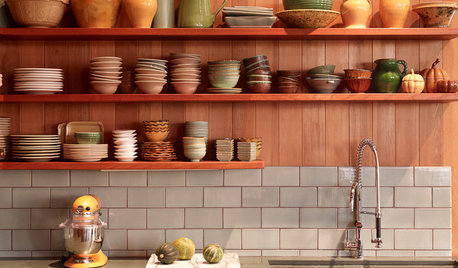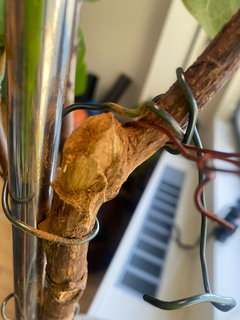can my gorgeous fiddle leaf be saved?
antiguamarie
last month
Featured Answer
Sort by:Oldest
Comments (8)
antiguamarie
last monthantiguamarie
last monthRelated Professionals
West Chester Landscape Architects & Landscape Designers · Bridgeview Landscape Contractors · Brunswick Landscape Contractors · Clayton Landscape Contractors · Cliffside Park Landscape Contractors · Dickinson Landscape Contractors · Edinburg Landscape Contractors · Gloucester Landscape Contractors · Nutley Landscape Contractors · Pompano Beach Landscape Contractors · Saint John Landscape Contractors · Waipahu Landscape Contractors · Waldorf Landscape Contractors · Waterford Landscape Contractors · Raytown Landscape Contractorstapla (mid-Michigan, USDA z5b-6a)
last month41 North (Zone 7a/b, NE, coastal)
last monthlast modified: last monthtapla (mid-Michigan, USDA z5b-6a)
last monthantiguamarie
last monthtapla (mid-Michigan, USDA z5b-6a)
last month
Related Stories

LANDSCAPE DESIGNThese 4 Planting Strategies Can Save You Money
Use seeds, plugs and more to keep costs down as you fill out your garden
Full Story
FURNITUREGet Gorgeous Art Deco Furniture for Less
Save money while still getting the art deco look you love, with these shopping strategies and insider tips
Full Story
LANDSCAPE DESIGNWhere to Save Money on a Landscape Renovation
These 10 cost-saving ideas from professionals can help you stretch your budget without sacrificing style or quality
Full Story
FRONT YARD IDEAS9 Gorgeous Sidewalk Garden Designs
These ideas for perimeter planting can boost your home’s curb appeal with more color, personality and seasonal interest
Full Story
KITCHEN DESIGN9 Ways to Save on Your Kitchen Remodel
A designer shares key areas where you can economize — and still get the kitchen of your dreams
Full Story
LANDSCAPE DESIGNGet Along With Less Lawn — Ideas to Save Water and Effort
Ditch the mower and lower your water bill while creating a feast for the eyes with diverse plantings and gathering places
Full Story
DECORATING GUIDESA Glimmer of Gold Leaf Will Make Your Room Shine
Make a unique, unexpected statement in any space with this precious metallic finish
Full Story
BATHROOM DESIGNNew This Week: Space-Saving Ideas in 3 Small Bathrooms
Follow a few of these design moves to make the most of your compact space
Full Story
KITCHEN CABINETS9 Ways to Save Money on Kitchen Cabinets
Hold on to more dough without sacrificing style with these cost-saving tips
Full Story
COLORWant Gorgeous Interior Colors? Look to the Light
See how to manipulate natural and artificial light — and learn about those baffling new bulbs — to get the exact room colors you want
Full StoryMore Discussions













41 North (Zone 7a/b, NE, coastal)